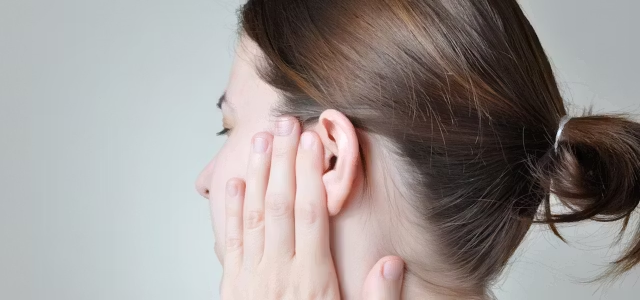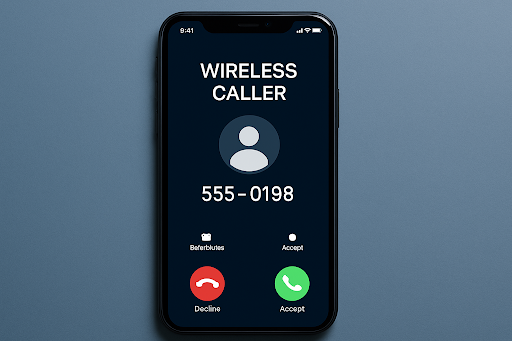
A blocked ear can be uncomfortable and frustrating. Whether caused by earwax buildup, changes in air pressure, or mild infections, many people want quick relief without visiting a doctor. Fortunately, there are safe methods to open a blocked ear at home that can help restore hearing and ease discomfort. In this article, we will explore effective, natural, and medically approved techniques you can try safely.
What Causes a Blocked Ear?
Understanding why your ear feels blocked is the first step to finding the right solution. Common causes include:
- Earwax buildup: Excess earwax (cerumen) can harden and block the ear canal.
- Eustachian tube dysfunction: This tube connects your middle ear to the back of the nose and can become clogged due to allergies or colds.
- Changes in air pressure: Rapid altitude changes during flights or diving can cause ear barotrauma.
- Fluid buildup or infections: Middle ear infections or sinus congestion may lead to blocked ears.
If you experience severe pain, dizziness, or discharge, seek medical attention immediately.
Safe Home Methods to Open a Blocked Ear
1. Jaw Movements and Chewing Gum
One of the simplest ways to relieve ear blockage is by stimulating the muscles around your ear. Yawning, chewing gum, or gently moving your jaw from side to side helps open the Eustachian tubes, allowing air to flow and equalize pressure.
2. Perform the Valsalva Maneuver
The Valsalva maneuver is a popular technique to relieve ear pressure:
- Take a deep breath.
- Close your mouth and pinch your nostrils shut.
- Gently blow air through your nose as if trying to blow your nose.
This action forces air into the Eustachian tubes to open them. Be careful not to blow too hard, as this can damage your eardrum.
3. Apply a Warm Compress
A warm compress can help if the blockage is due to congestion or mild infection:
- Soak a clean cloth in warm water.
- Wring out excess water.
- Place it gently over your blocked ear for 5-10 minutes.
The warmth helps loosen mucus and relieves pressure.
4. Steam Inhalation
Steam inhalation is effective for opening nasal passages and Eustachian tubes:
- Boil water and pour it into a bowl.
- Lean over the bowl with a towel over your head.
- Breathe deeply for 5-10 minutes.
This moisture helps thin mucus and promotes drainage.
5. Use Over-the-Counter Ear Drops or Natural Oils
Ear drops containing carbamide peroxide or saline can soften hardened earwax. Alternatively, natural oils such as olive oil or almond oil gently soften wax and promote removal:
- Warm a few drops of oil to body temperature.
- Tilt your head and place 2-3 drops in the blocked ear.
- Stay tilted for a few minutes.
Avoid using drops if you suspect a perforated eardrum or infection.
6. Gravity and Head Position Techniques
Sometimes, simply changing your head position can help fluid drain from the ear:
- Lie down on your side with the blocked ear facing down.
- Stay in this position for 5-10 minutes.
This technique can assist fluid to flow out naturally.
Read More Article: How to Become a Physical Therapist
What NOT to Do When You Have a Blocked Ear
Many people try to clean their ears with cotton swabs or sharp objects. Avoid this, as it can push earwax deeper, cause injury, or lead to infections. Similarly, avoid aggressive home irrigation or ear candling, which are unsafe and lack scientific support.
When to See a Doctor
If your ear blockage is accompanied by:
- Severe pain or discomfort
- Fluid or pus discharge
- Hearing loss lasting more than a few days
- Dizziness or balance issues
You should seek professional medical care promptly. An ENT specialist can safely remove earwax or treat infections.
Tips to Prevent Ear Blockage
- Avoid inserting objects into your ears.
- Manage allergies and sinus infections promptly.
- Use earplugs when swimming.
- Take care during air travel by yawning or swallowing regularly.
Frequently Asked Questions (FAQs)
Q: How long does it take for a blocked ear to clear naturally?
A: It depends on the cause. Earwax buildup may take a few days with treatment, while pressure-related blockage often clears quickly.
Q: Can I pop my ears safely at home?
A: Yes, using gentle methods like yawning, swallowing, or the Valsalva maneuver is safe for most people.
Q: Are ear candles effective for earwax removal?
A: No, ear candling is not recommended as it can cause burns and damage to the ear.
Conclusion
Opening a blocked ear at home is often possible using simple and safe methods like jaw movements, steam inhalation, and warm compresses. Remember to avoid risky practices such as cotton swabs or ear candling. If symptoms persist or worsen, consult a healthcare professional to ensure proper treatment and prevent complications.


